http://en.wikipedia.org/wiki/Spencer_Fullerton_Baird
|
First up is a statue (there are endless statues) of Spencer Fullerton Baird. He was the second Secretary of the Smithsonian Institution. I won't go into detail here as Wikipedia covers his many contributions to natural history here: http://en.wikipedia.org/wiki/Spencer_Fullerton_Baird Common in DC And here is a test. This sparrow is about the size of a song sparrow, and looks like a song sparrow, but has some bits like it's color that do not make the ID easy. Your guess?
2 Comments
There are a number of fungus species that prey on insects. I am not 100% sure, but this looks like a fungus attacking and killing a wasp.
Not sure what this is, but from the Firestone Center for Restoration Ecology.
This blog is about all things, but bats and natural history are an important part of it . And now I present a photo of a local hiking/biking trail that is neither a good photo nor anything related to nature.
Some days you just don't get what you want. These birds are everywhere in towns. But are an invasive species from Europe and give much trouble to native species, like the eastern bluebird.
I have posted a number of photos of gray squirrels. Most are gray in color, as one would expect given the name. But on 3/11, not quite two weeks ago, I published a photo of a white colored gray squirrel with some explanation about the two types of white morph squirrels. Since then, I have been looking for a black morph to add to the topic. Gray squirrels have a recessive gene that can sometimes create a black color. This occurs now and again, here and there, and I have seen one on occasion in various US states. But there is a different story behind the black squirrels in the Washington, DC metropolitan area, where they are far more common. And as John Kelly of the Washington Post claims, we can blame Canada. Mr. Kelly, for the past few years has had a "Squirrel Week" on his daily column, and he explains why we have so many here. Essentially eight black squirrels were imported from Rondeau Provincial Park, in Ontario, Canada by the Smithsonian back in 1902. They were left to their own accord and over the 100 years since, that recessive gene has become far more common here. You can read the story at: http://www.washingtonpost.com/local/squirrel-week-where-did-dcs-black-squirrels-come-from-blame-canada/2011/03/30/AFgnPaHC_story.html So yes, I expected to find one fairly quickly, and I did, in Falls Church, VA. But I have photographed these things before, and it is really hard to get a decent photo. They tend to be very black and without really tweaking the camera settings (which overexpose everything else in the pic) they just look like squirrel silhouettes. However, they can have a bit more gray in them, or a bit more rusty color, which can make for a better photo. The one I found was the rusty variety, and although it was inside a fenced in private property, I was able to get a reasonable photo of it. So, what is the difference between white squirrels and black squirrels given that they are gray squirrels?
As noted in the previous post, white squirrels can either be albino (identifiable by the pink/red eyes) or a white morph (called leucism where there is a partial loss of pigment). Black squirrels are when a recessive gene expresses more pigment (called melanistic), although the use of the term "mutant gene" is apparently widely accepted. Two copies of the mutant gene and you get a jet black squirrel, and with just one copy you get the squirrel pictured above. Took a short walk at Meadowlark Gardens today. A few pics from the outing.
Signs, they are everywhere, and even a pretty great song about them. http://www.fivemanelectricalband.ca/ But they can be fun. Here is one: yes, that is Photoshopped, but funny nonetheless This photo is straight up, with no adjustments.Got 30 minutes to get some pics in Falls Church, VA. It will get more interesting as spring gets here. For now, a few pics, and this isn't the whole set. |
AuthorKeith Christenson - Wildlife Biologist Categories
All
Author
Keith Christenson Wildlife Biologist Archives
September 2021
|


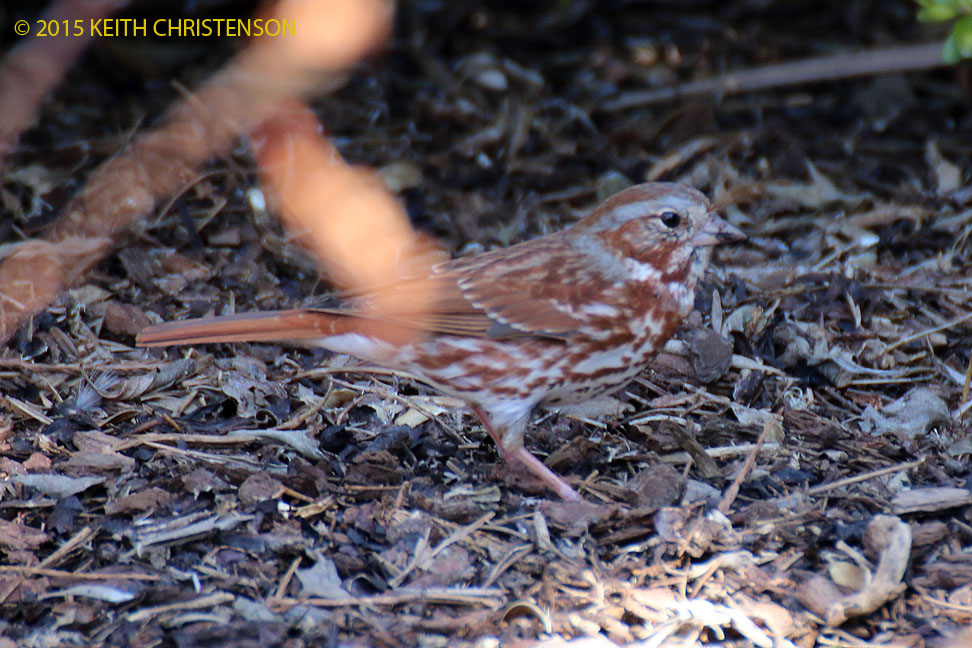
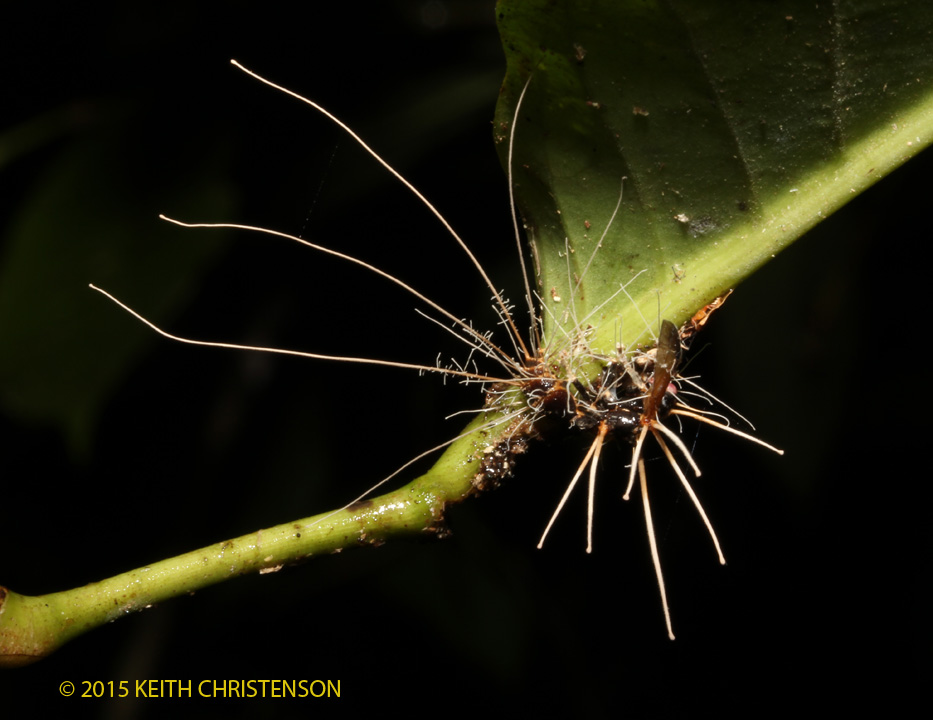
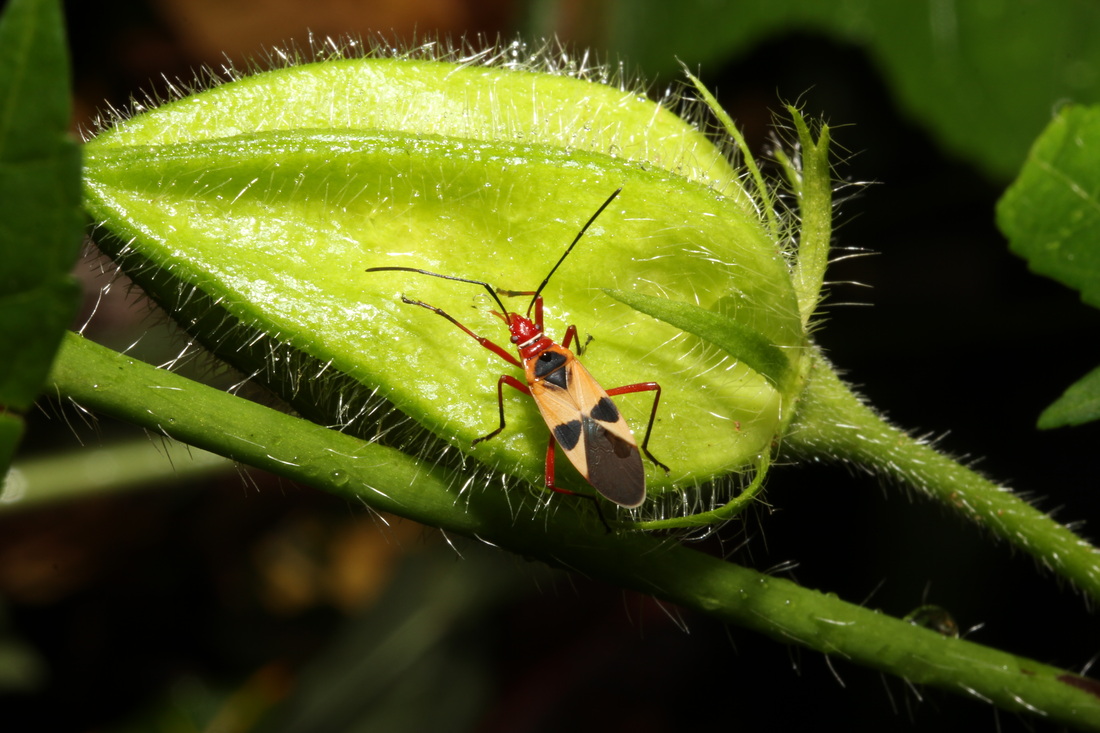


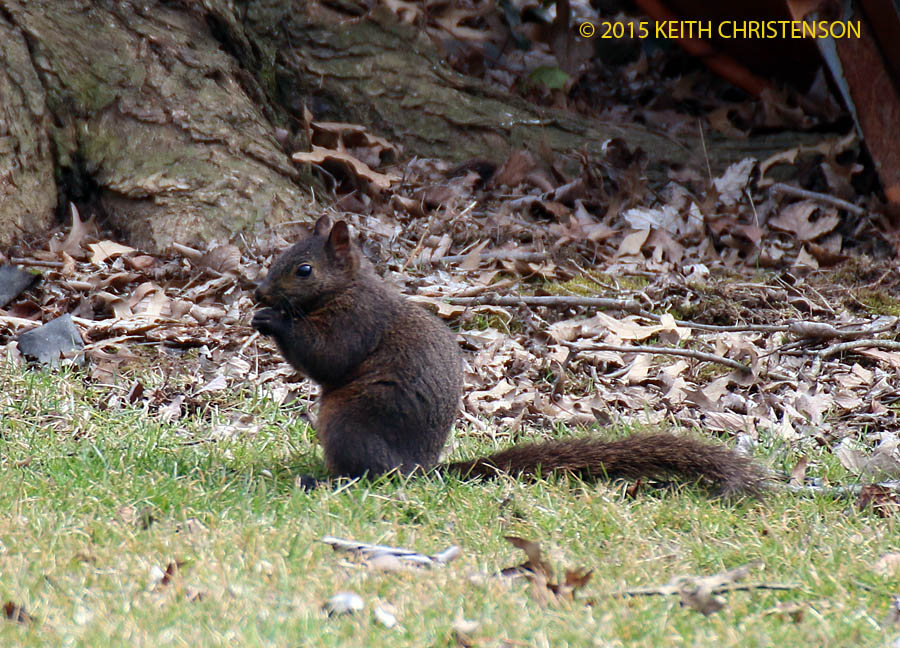
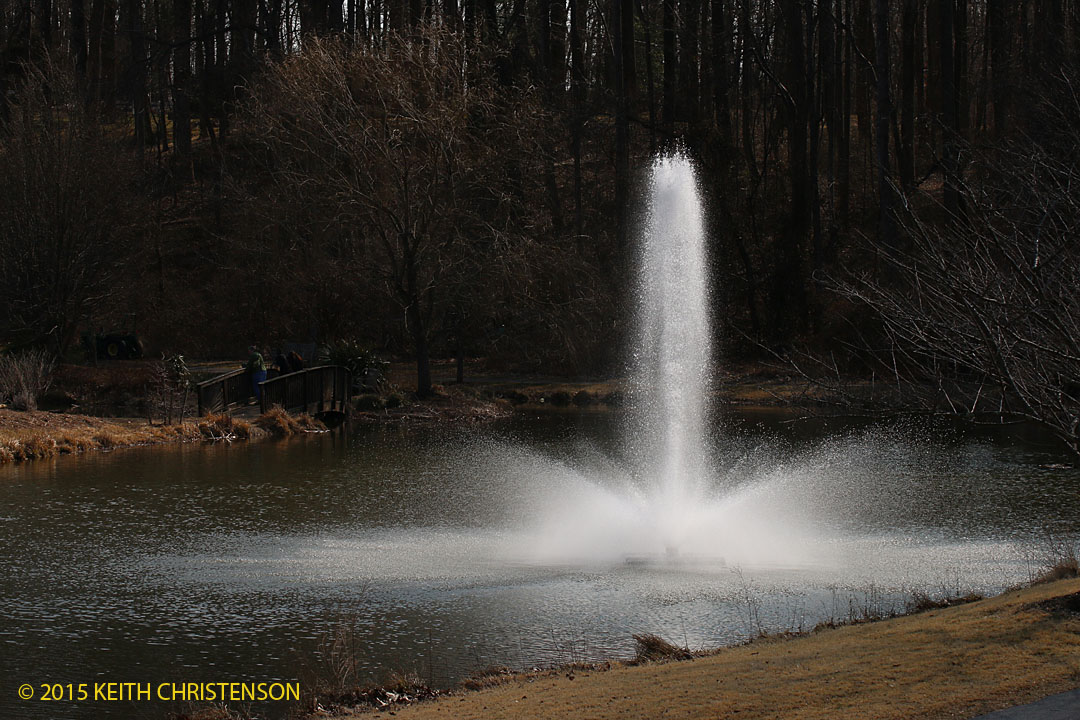




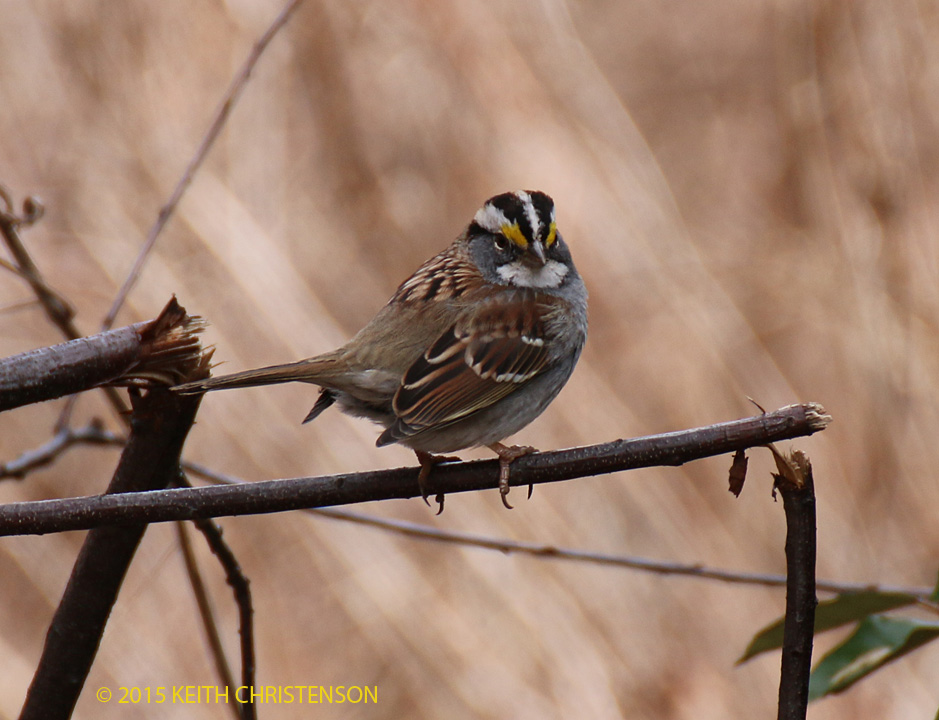

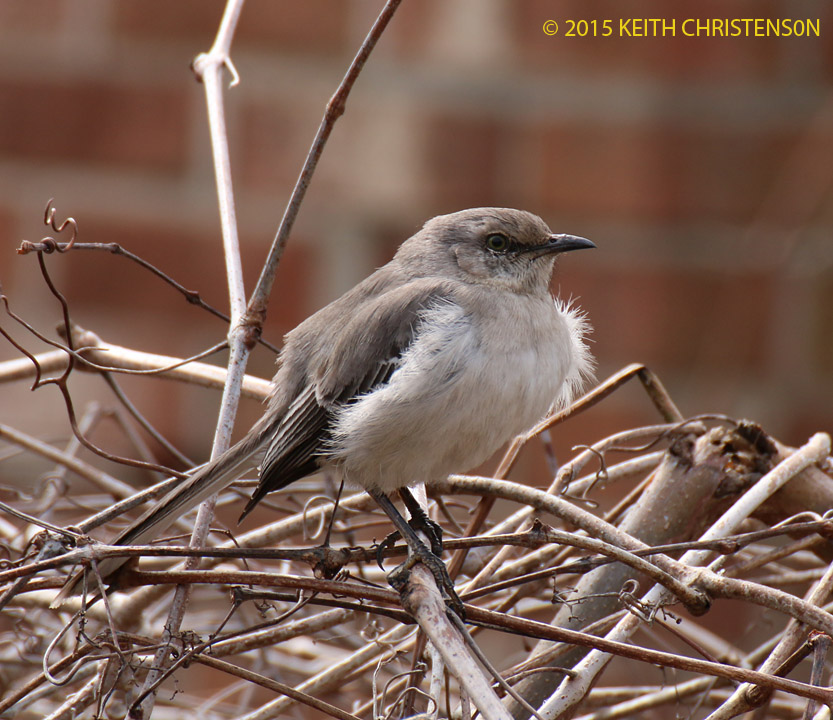
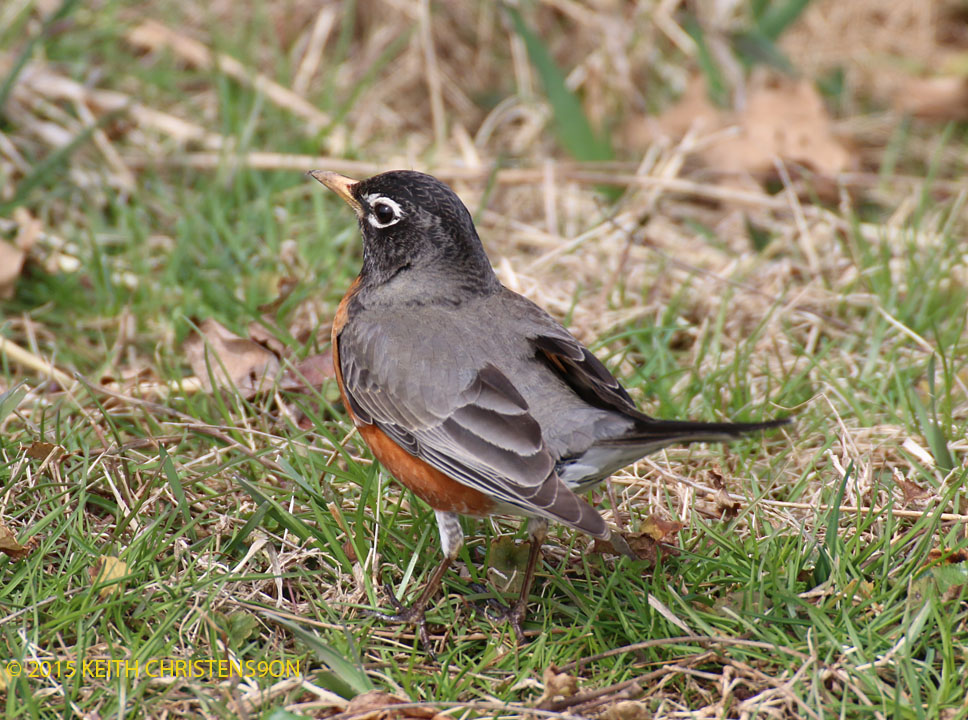

 RSS Feed
RSS Feed